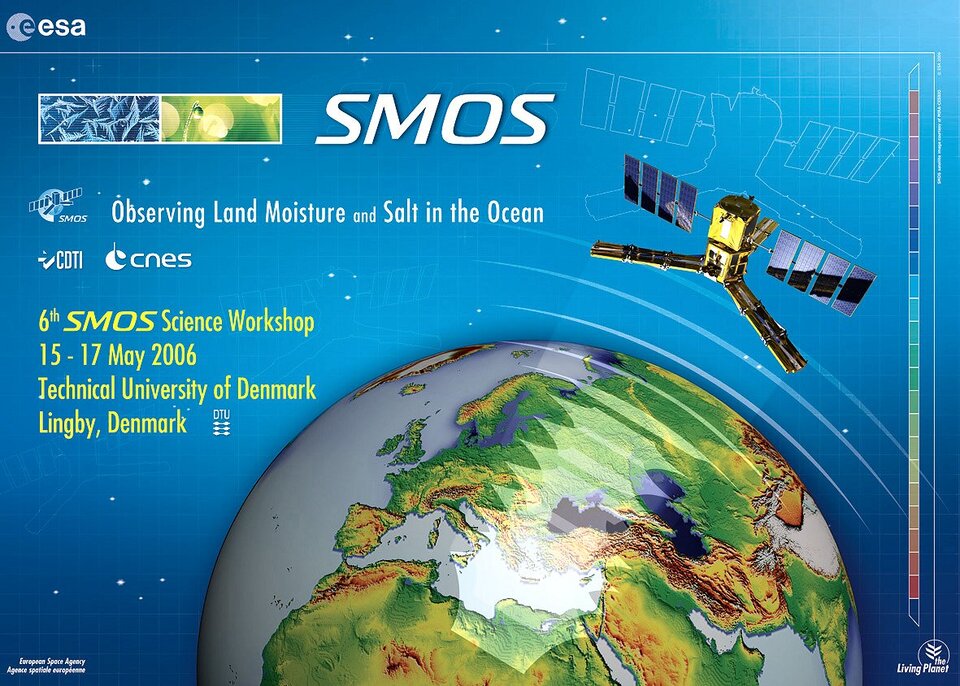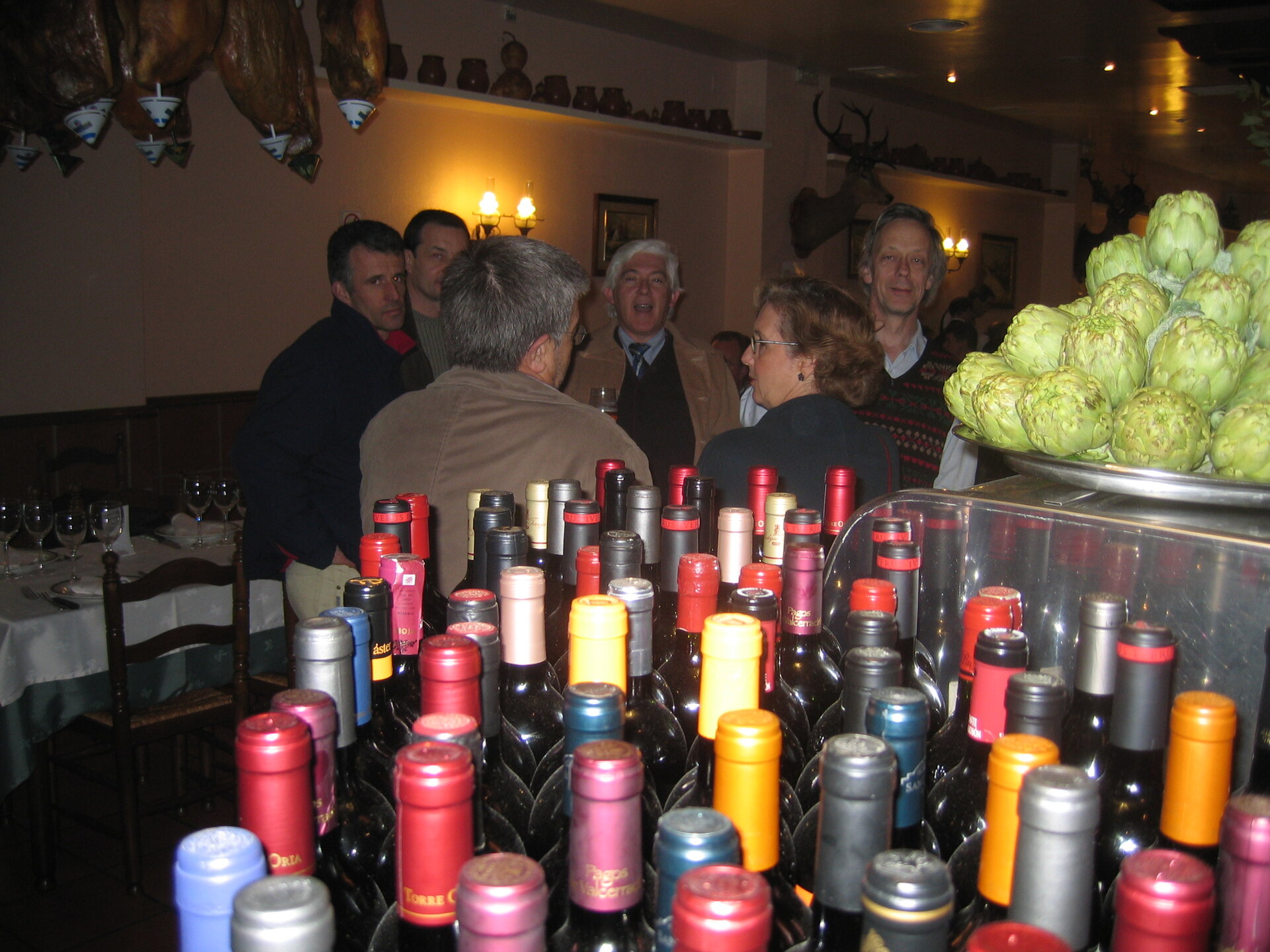SMOS and the art of wine making
ESA's SMOS mission has been developed to monitor the moisture in soil and the salinity in the oceans to better our understanding of the water cycle and improve weather and climate forecasting. So, one might wonder, what this innovative mission has to do with art of wine making, but surprisingly the answer is, 'quite a lot'.
Typically, vineyards are planted in semi-arid areas such as around the Mediterranean, parts of Australia, South Africa, Chile, and California where sunshine is plentiful. However, vines also need something else that is just as important as the Sun, and that is of course water. Most water actually comes from the ground and not from direct precipitation so it is essential for wine producers to know just how much water is available to sustain their crops.
This is where the link to SMOS comes in as soil moisture is one of the parameters the mission will measure. However, such measurements are not trivial to interpret, as for example, the water content in the vegetation cover (such as leaves and grapes) interferes with the signal that the SMOS instrument receives during the measurement process.
This is where the link to SMOS comes in as soil moisture is one of the parameters the mission will measure. However, such measurements are not trivial to interpret, as for example, the water content in the vegetation cover (such as leaves and grapes) interferes with the signal that the SMOS instrument receives during the measurement process.

For proper interpretation of the measured signal it is therefore necessary to have 'a priori' information about the vegetation cover. As this is a relatively slow varying parameter, it is sufficient to have such information from other sources such as from space-borne optical instruments, and use this data to help interpret the measurements made by SMOS.
However, remote sensing scientists are cautious people. Before bringing their results to the user community, they carefully compare the satellite measurements with what can be observed actually in the field. This exercise is called validation and in itself is far from easy as single satellite measurements, which represent an area up to 40 km wide have to be related to 'point measurements' taken from one place on the ground. Among other things, the validation site needs to be homogeneous in soil type, vegetation cover and cover an area where the water table is at the same depth. In addition, it is not only the soil moisture that has to be measured, but also a number of other variables used in the processing of the satellite data such as soil temperature and air pressure.

One of the sites properly instrumented for this purpose is the Valencia Anchor Station run by the University of Valencia in Spain. It lies on a plateau some 80 km to the west of Valencia, in the middle of a large area with rather homogeneous vegetation – vineyards!
The vineyard owners cooperate with the research team from the university and allow numerous soil probes, meteorological data acquisitions and other samplings to take place on their land.
To further validate the SMOS measurements, many more such sites will be used all over the world with different types of vegetation cover and soil types. The various research teams will get together again in the near future to discuss the procedures at the 6th SMOS Workshop, which is being held at the Technical University of Denmark on 15 -17 May 2006.
And of course there is essential link between SMOS and wine – many of the SMOS scientists and engineers appreciate a nice glass of wine every now and then, Spanish if possible!




